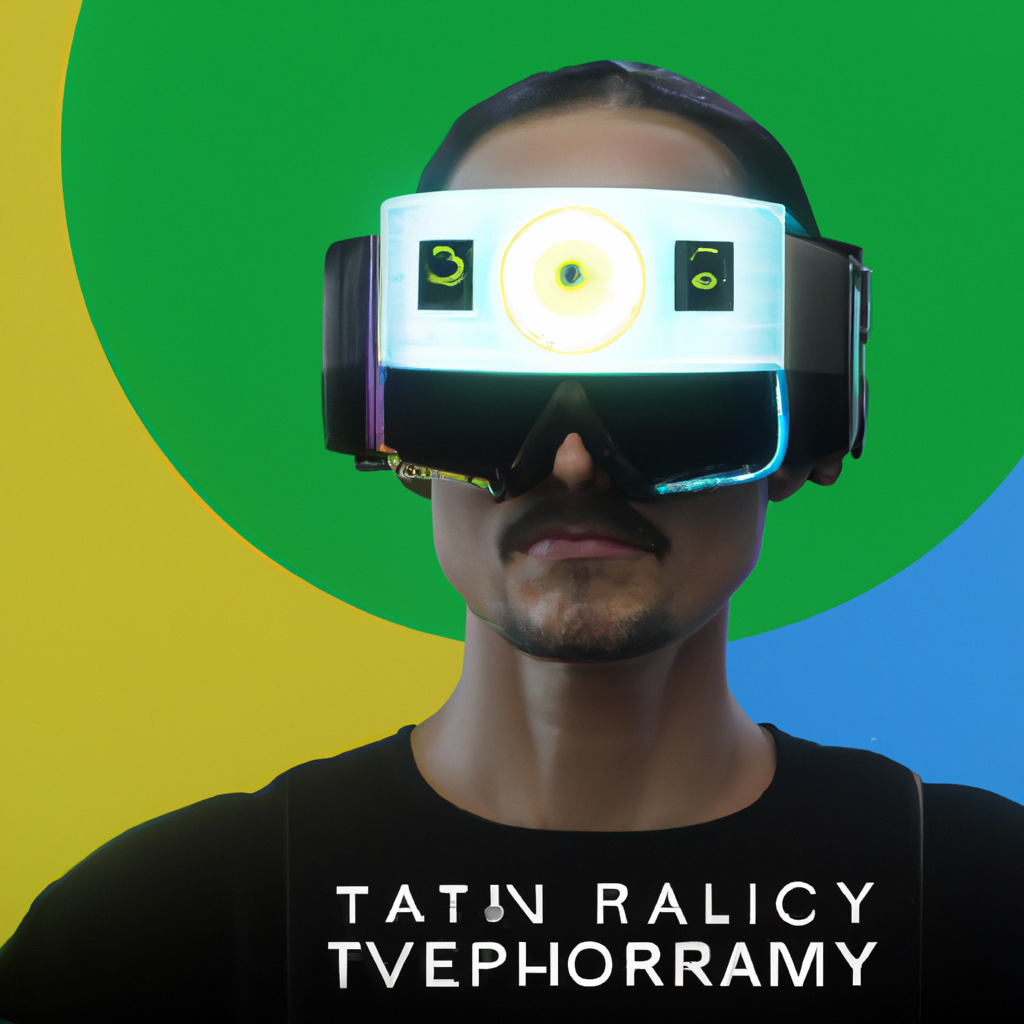Virtual Reality Therapy: The Future of Mental Health Treatment
Virtual reality (VR) is no longer just a gaming platform. VR technology has taken the healthcare industry by storm, including mental health treatment. VR therapy is a cutting-edge treatment that uses virtual environments to simulate situations that can help people overcome mental health issues. This technology has been used to treat a range of conditions such as anxiety, PTSD, phobias, and pain management. In this article, we will explore how virtual reality is used in therapy and its potential benefits for mental health patients.
Virtual Reality in Healthcare
VR technology is transforming the healthcare industry by providing new and innovative ways to treat patients. VR therapy is an immersive and interactive experience that can help patients overcome mental health issues in a controlled and safe environment. The technology has been used in various healthcare settings, including hospitals, clinics, and mental health facilities. VR therapy is an effective way to treat patients because it allows them to experience situations that may trigger their symptoms in a controlled environment.
Virtual Reality for Mental Health
Mental health is a growing concern worldwide, and the need for innovative treatments is higher than ever. Virtual reality therapy is a promising treatment for mental health patients. VR therapy can help patients overcome a range of mental health issues, including anxiety, PTSD, and phobias. The technology can provide patients with a safe and controlled environment to overcome their fears by gradually exposing them to their triggers. VR therapy can also help patients with pain management by distracting them from their pain and providing relaxation techniques.
Virtual Reality for Anxiety
Anxiety is a common mental health condition that affects millions of people worldwide. VR therapy is an effective treatment for anxiety because it allows patients to face their fears in a controlled environment. VR therapy can simulate situations that may trigger anxiety, such as public speaking or flying on a plane. The technology can help patients gradually overcome their anxiety by exposing them to their triggers in a safe and controlled environment.
Virtual Reality for PTSD
Post-traumatic stress disorder (PTSD) is a mental health condition that can develop after a traumatic event. VR therapy is a promising treatment for PTSD because it can simulate the traumatic event in a controlled environment. The technology can help patients overcome their symptoms by gradually exposing them to their triggers. VR therapy can also provide patients with a safe and controlled environment to discuss their traumatic event with a therapist.
Virtual Reality for Phobias
Phobias are a common mental health condition that can severely impact a person’s daily life. VR therapy is an effective treatment for phobias because it can simulate the situation that triggers the phobia in a controlled environment. The technology can help patients overcome their phobias by gradually exposing them to their triggers. VR therapy can also provide patients with a safe and controlled environment to discuss their phobia with a therapist.
Virtual Reality for Pain Management
Pain management is a significant concern for healthcare providers worldwide. VR therapy is a promising treatment for pain management because it can distract patients from their pain by providing an immersive and interactive environment. The technology can also provide relaxation techniques to help patients manage their pain.
Conclusion
Virtual reality therapy is a promising treatment for mental health patients. The technology can provide patients with a safe and controlled environment to overcome their fears, traumas, and phobias. VR therapy can also provide pain management techniques to help patients manage their pain. The potential benefits of VR therapy are significant, and the technology will undoubtedly become an essential tool for mental health treatment in the future. The healthcare industry has already begun to embrace VR technology, and we can expect to see more innovative uses for VR therapy in the coming years.







